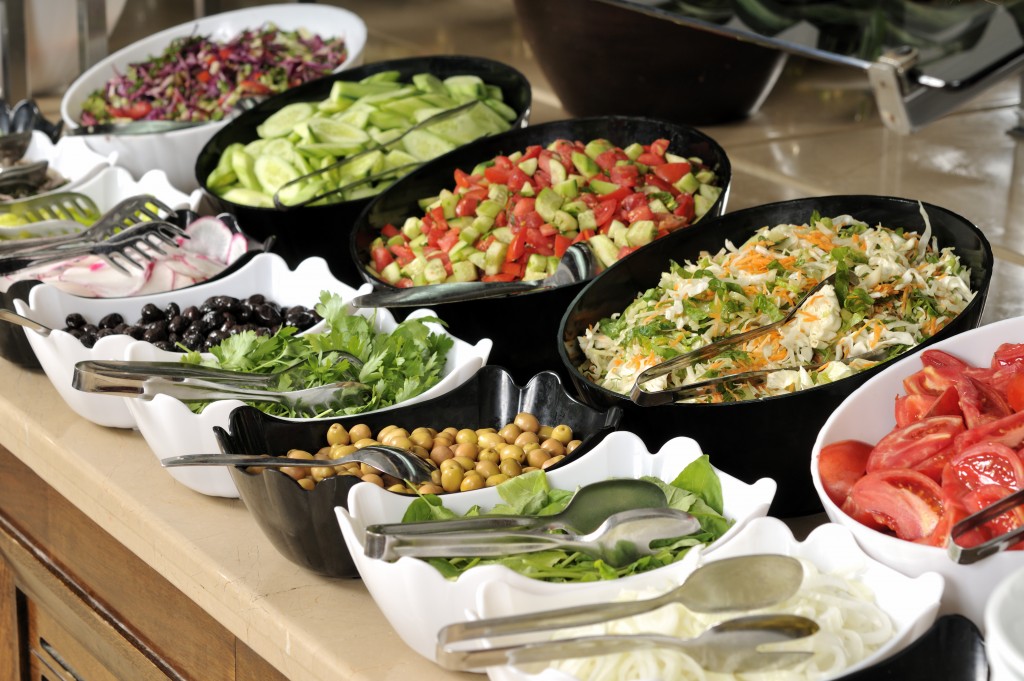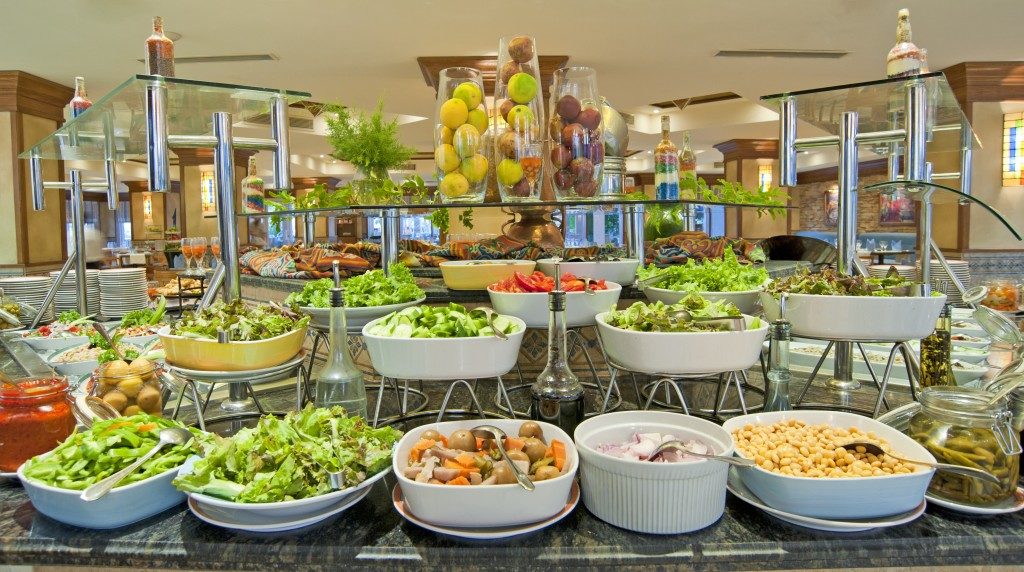You’re currently working full time for a retail store, but the income doesn’t meet your daily expense requirements for rent, food, health insurance, and daycare services. You’ve had to take on part-time jobs whenever you can. Most of the time, it’s to sub in the kitchen of a nearby restaurant. The chef at the restaurant likes having you in the kitchen. You’ve also been taking advantage of the role by getting as much knowledge as you can about the restaurant business, like asking how much small restaurant franchises cost these days, or if it’s more economical to start your own.
You’ve been considering to become an entrepreneur instead of just being employed. The advice given to you is to think of a small operation where you won’t have too much overhead.
A salad bar keeps popping up in your head. What will it take to open a salad bar? Here are a few ideas to consider:
Brief Overview of Salad Bars
How, when, or where it started is still up for debate. But Rich Melman, who established Lettuce Entertain in Chicago, is credited as one of the first initiators of the idea of a salad bar. RJ Grunts restaurant opened in 1971 and began popularizing the concept.
If you go to Wisconsin, they will probably have their own story to tell. One thing is for sure: the salad bar business is gaining popularity. One company, Sweetgreen, invested $100 million in 10 years to open 20 different branches in 2017.

What You Need to Do
Your limited experience and the insights you’ve gained working in a restaurant kitchen will surely help you. But here are vital things that you should take note of if you want to run your salad bar business:
- Sourcing and freshness. If it’s a salad, you can’t hide it if it’s not fresh. You’ve heard of the concept farm-to-table: the shorter the distance your produce has traveled from the farm to your table, the better it is. Find a good source for your greens and other vegetables that deliver real freshness. Also, the closer you are to the source, the easier it is to replenish your stock. This will also positively impact the way you manage your cash flow, by ordering less but often, or until you have more cash.
- Value proposition. As mentioned, the industry is growing. That means more competition. You need to decide on your value proposition or how you will make your business stand out from the rest in the field. Having great varieties is one way to be unique. Your price point based on quantity could also attract customers. Some like creating their own, but others with limited time would like to grab-and-go pre-mixed packs.
- Equipment. You need equipment that will keep your vegetables crisp and fresh while on display. Your back operation should at least have a refrigerator or freezer, cooking appliances if you’re serving meat, and tools for the prep area. These require significant investment, so you need to make sure you prioritize what’s the most important.
- Operation model. Consider starting small, like a takeaway counter with pre-mixed items and no-seating options. Test out the market in your area and then maybe grow from there.
Your business plan will have to outline your financial, operation, and marketing strategies. Make sure that you get that done right away. But these four tips can point you in the right direction.
